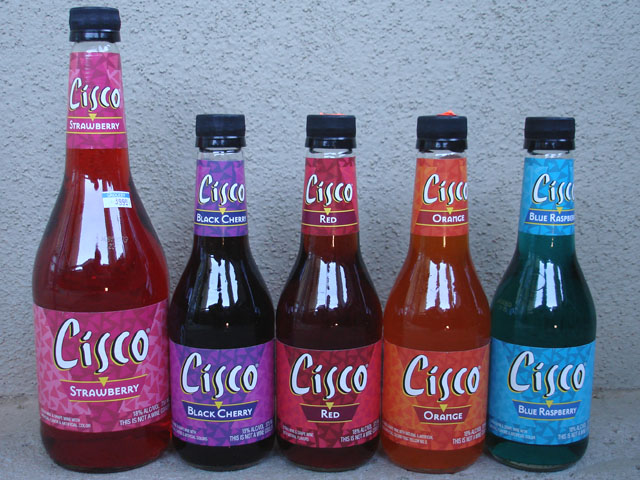
from issue 2, volume 2
Lost Girls, Books 1, 2 & 3
Written & drawn by Alan Moore & Melinda Gebbie
I think this might become another one of those reviews where I don’t really say anything witty or biting, and instead I just slobber over everything a whole lot.
Lost Girls didn’t exactly come out recently, but I felt it needed reviewing, especially because of the closeness of this issue to Valentine’s Day. (It was meant to come out on V-Day, but I do this basically for free, and I’m lazy, and looking at porno doesn’t exactly make it easier to concentrate.)
Lost Girls is well worth its hefty price if you can spare it. It is extremely well-written, the art is as beautiful and complex as the prose, the stories are intriguing, and also every page is packed with extremely hot hardcore porno.
When was the last time you jerked off to The Great Gatsby? (English majors excluded.) T. S. Eliot’s poetry is amazing and everything, but I never had to run to the bathroom and keep the water running for ten minutes after reading “The Hollow Men”. To get closer to the point, Watchmen had boobs, but nothing for anyone over the age of twelve to get too excited about. This story—sorry, this collection of stories—is the best of both worlds.
Just so you know what’s going on: basically, the idea is that Alice (of Wonderland fame), Dorothy Gale (she of the Oz tales), and Wendy Darling (Peter Pan’s paramour) all cross paths at an Austrian hotel on the eve of World War I. In the midst of international tension so thick that one writer famously quipped, “Europe needs an enema,” Wendy, Alice and Dorothy share with each other their stories of sexual awakening, each of which echoes the fantasy tales they’re best known for—Alice falls down a rabbit-hole of excess and intrigue among British nobility; middle-class Wendy falls in with a group of Lost Boys who use sex to survive in the slums of London; and Dorothy explores the strange world of sexuality with her father’s farmhands.
Also all of the hardcore action is totally fucking hot.
Just so we’re clear.
Alan Moore is so unrelentingly brilliant. He makes Brian K. Vaughan look like the guy who came up with those annoying “Say No to Drugs, Kids!” Spider-Man stories that kept popping up for like a year in the middle of every comic right while Earth X was being put out. I hated that guy.
When I first heard about this project, having never heard of her before, I wondered what kind of rock Moore had pulled Melinda Gebbie out from under. The surprising answer (to me) was, his own home. Apparently the two of them had been living together as lovers for quite a few years, and they were wed not long after the release of Lost Girls. Go figure— they write a story together about the joys of sex with anyone and everyone around, then they get married.
Which brings me to a more straightforward type of commentary than I usually do: there’s an awful lot of sex in Lost Girls, but very little love. Alice, Wendy and Dorothy are very friendly with each other (even when they’re not screwing each others’ brains out), but they don’t really seem to love each other, and that’s pretty much the only thing that keeps this from being a kind of postmodern romance novel. This fixation on lust, and lust alone, in the story put me off at first— at least in part, I guess, because I’m used to most stories which are this well-written and this interesting having at least two character who are in love with each other. All of the casual sex— and once again, there is a lot of that, and it is all ridiculously hot— began to unsettle me a bit. “Does anyone in this book really care about anyone else? Do Alice, Wendy and Dorothy have feelings for anyone that go above their navels?
Then I realized— this is erotic fiction and I’m not supposed to care about that. This isn’t some bodice-ripper meant to make you long for some passionate romance. This story is what you read to get in the mood before you make passionate romance to someone. Most everyone I’ve talked to who’s read Lost Girls has said they either had to stop, while reading it, to work one out and shake off the sexual tension, or they knew they were going to go do just that as soon as they got ten minutes alone.
Lost Girls is pornography, at its core. But, like most of Alan Moore’s work, it transcends its base genre, holding your interest both intellectually and sexually. Even if love isn’t its primary subject, the story is a labor of love. Read it.
Rating: Single-Malt Scotch.







